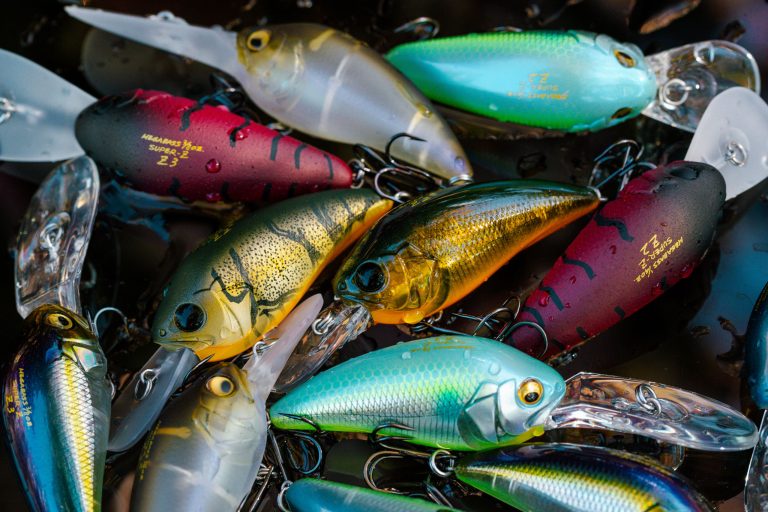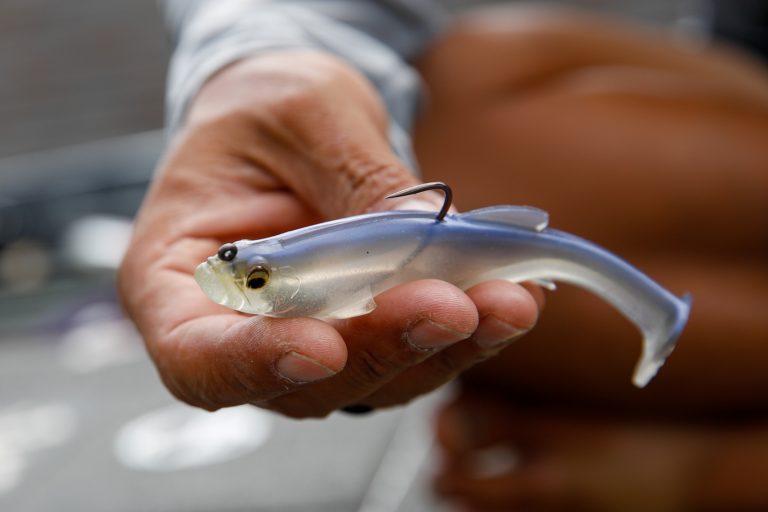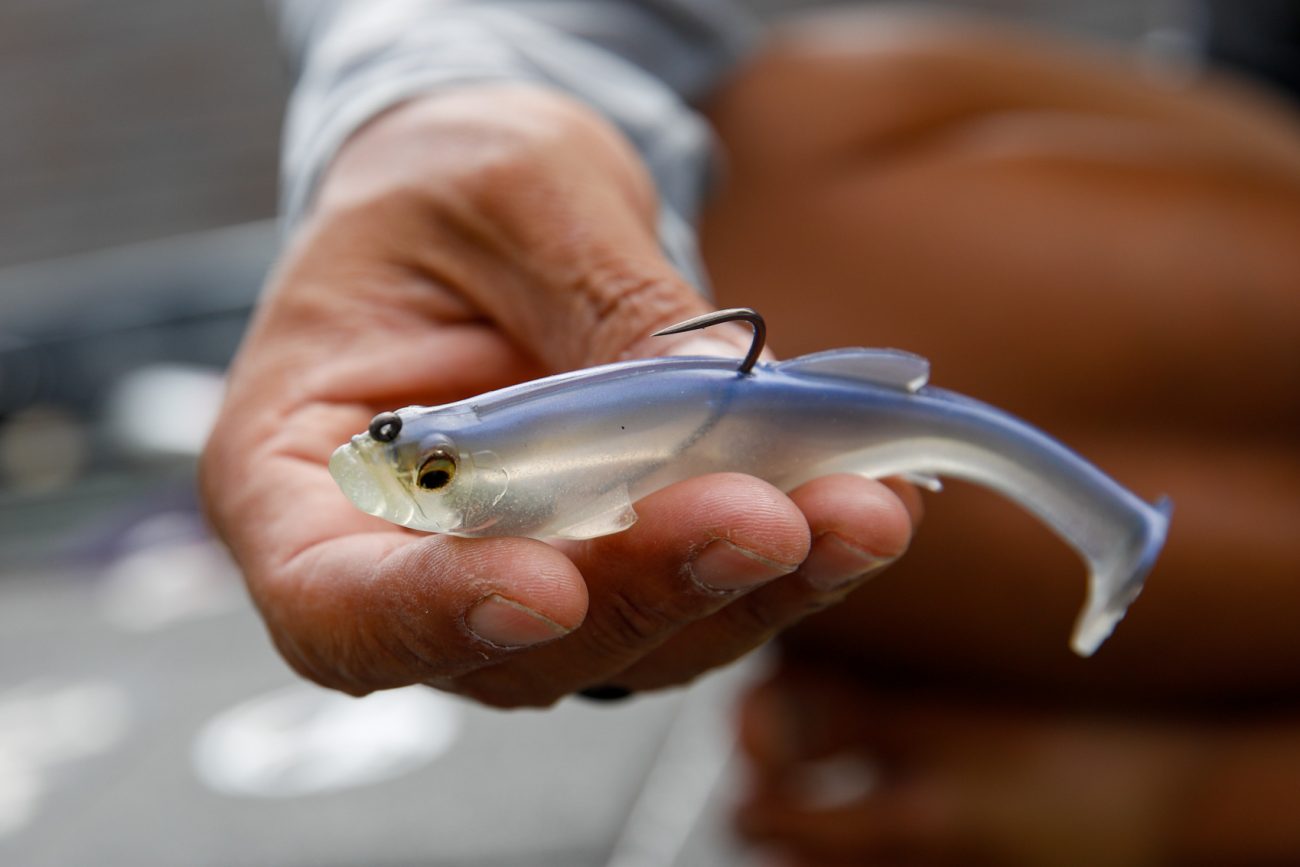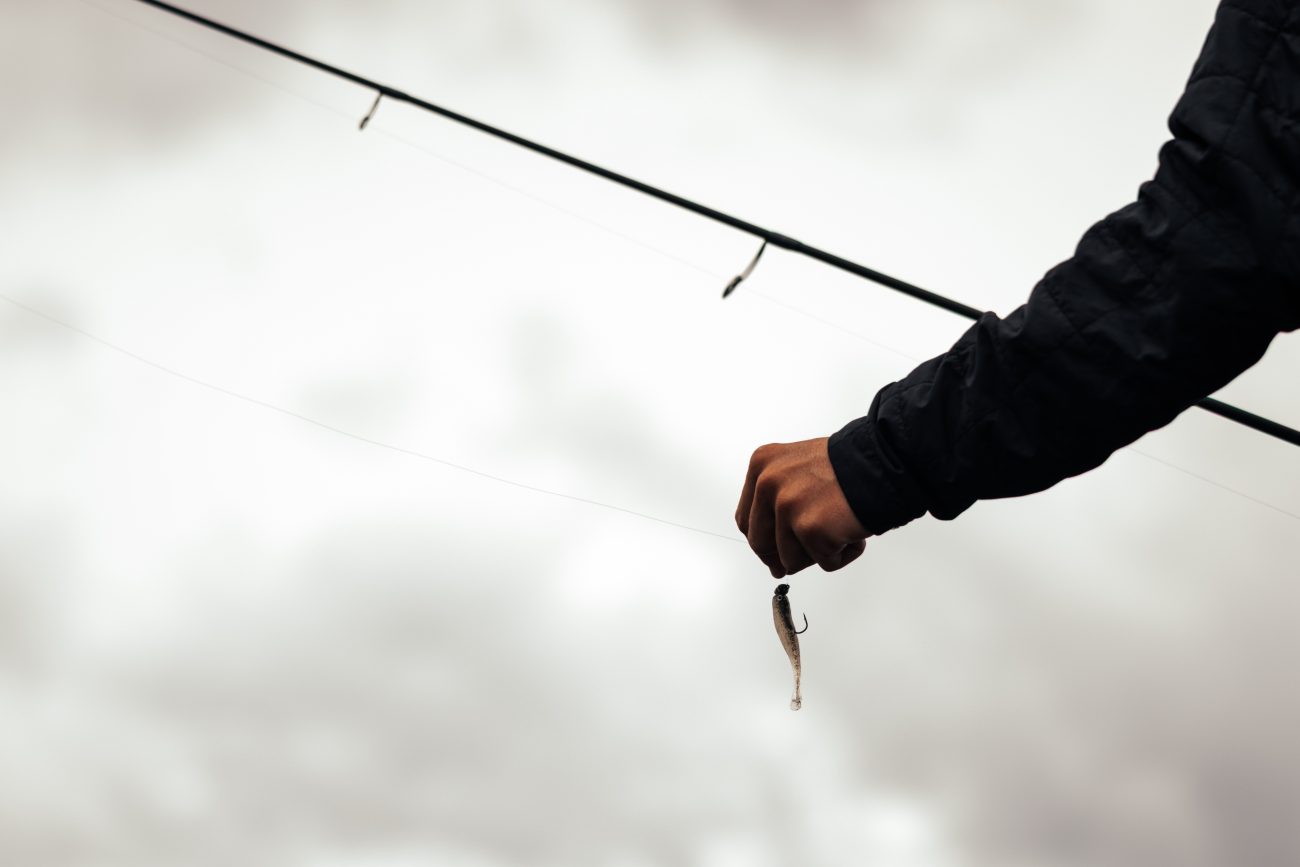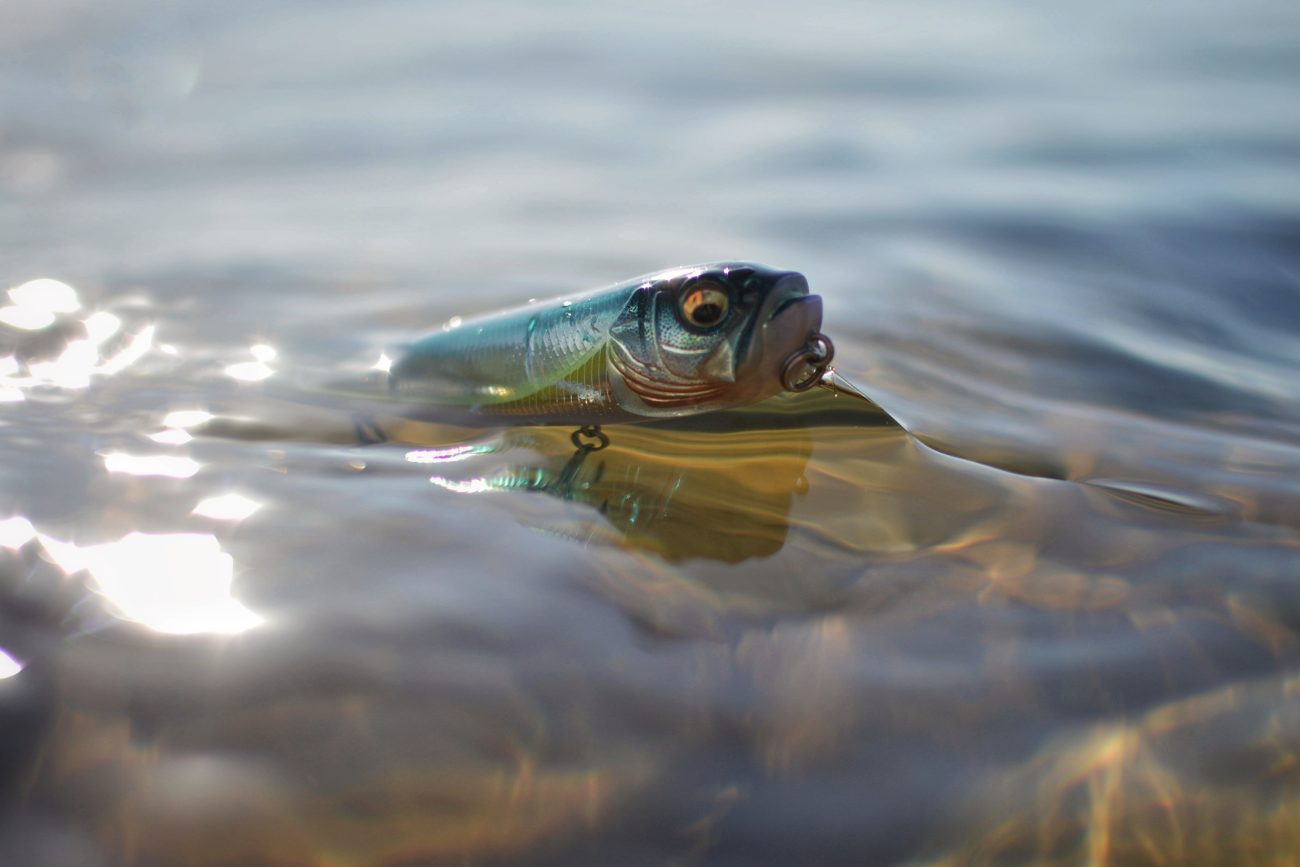Throughout the most challenging fisheries and tournament conditions, anglers who unlock the sneaky effectiveness of finesse crankbait fishing consistently see outsized results. Among these crankbaits, the Megabass SUPER-Z Z1 and Z2 models stand out for their innovation and effectiveness, particularly when ideal water and weather conditions align in two distinct seasonal windows.
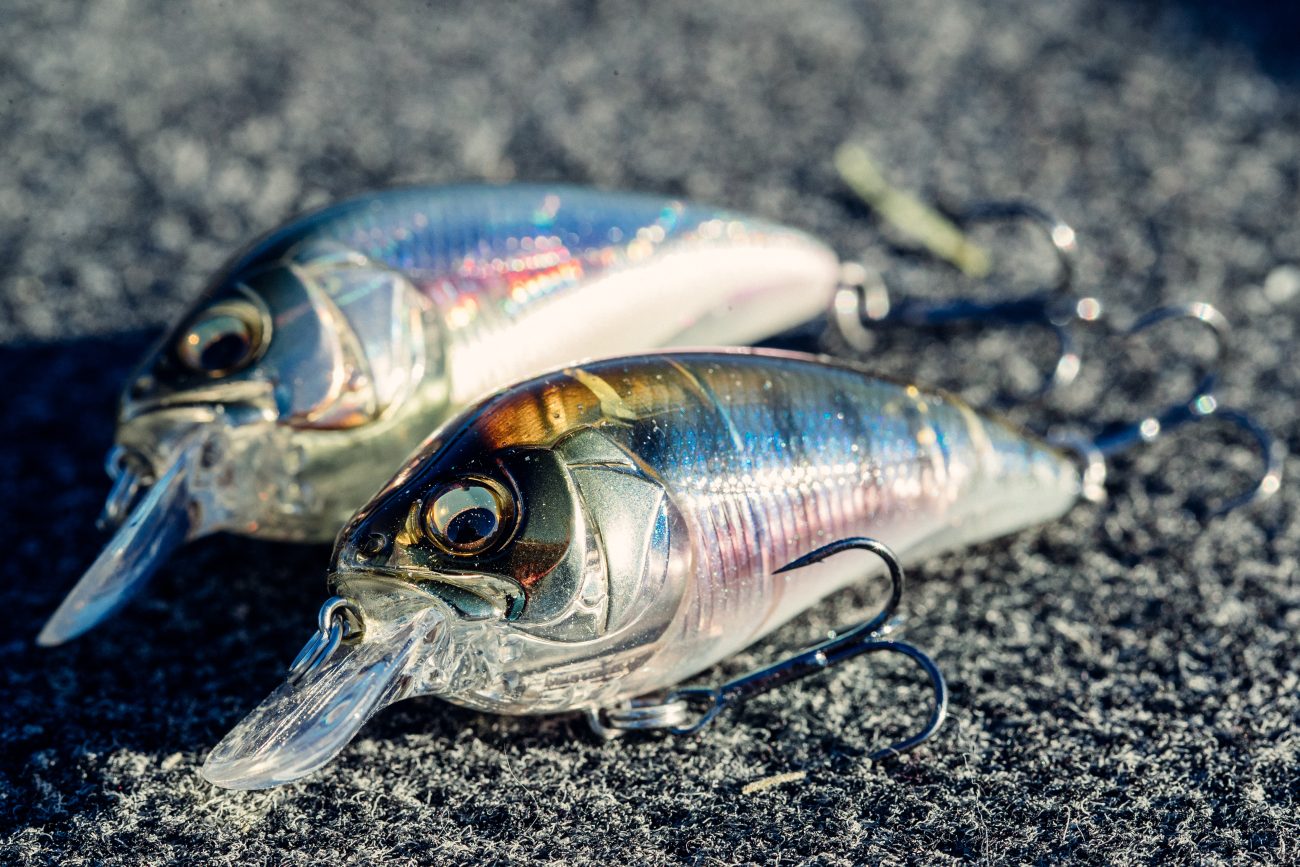
- Prespawn conditions, which typically occur when water temperatures range between 48 and 58 degrees.
- Summer and early fall seasons, which are often characterized by water temperatures between 75 and 90 degrees.
In these ideal finesse crankbait windows, water level and water clarity are paramount. In our experience, finesse crankbaits like the SUPER-Z thrive in stained water with visibility ranging from 1 to 2 feet and normal to low water levels. These conditions often position the bass favorably and set the stage for reactive feeding.
Of course, effective finesse cranking also depends on available cover, with rock and wood proving to be the most productive. Rocky banks and riprap excel during the prespawn and late fall, while wood cover such as laydown trees, stumps, and docks come into play during the summer and early fall months. When using SUPER-Z Z1 and Z2 along rocky banks, precise parallel casts at appropriate depths are crucial. Adjust casting strategy based on water visibility: target the 1–2-foot zone for water clarity under 15 inches and the 3–5-foot zone for clarity between 2 and 3 feet.
Adapt retrieval speed to water temperatures: opt for a slow to medium steady retrieve when temperatures are below 60 degrees, and transition to a medium-fast pace with intermittent pauses as the water warms in summer and late fall. This shift in retrieval speed is often key to eliciting reaction strikes in warmer conditions.
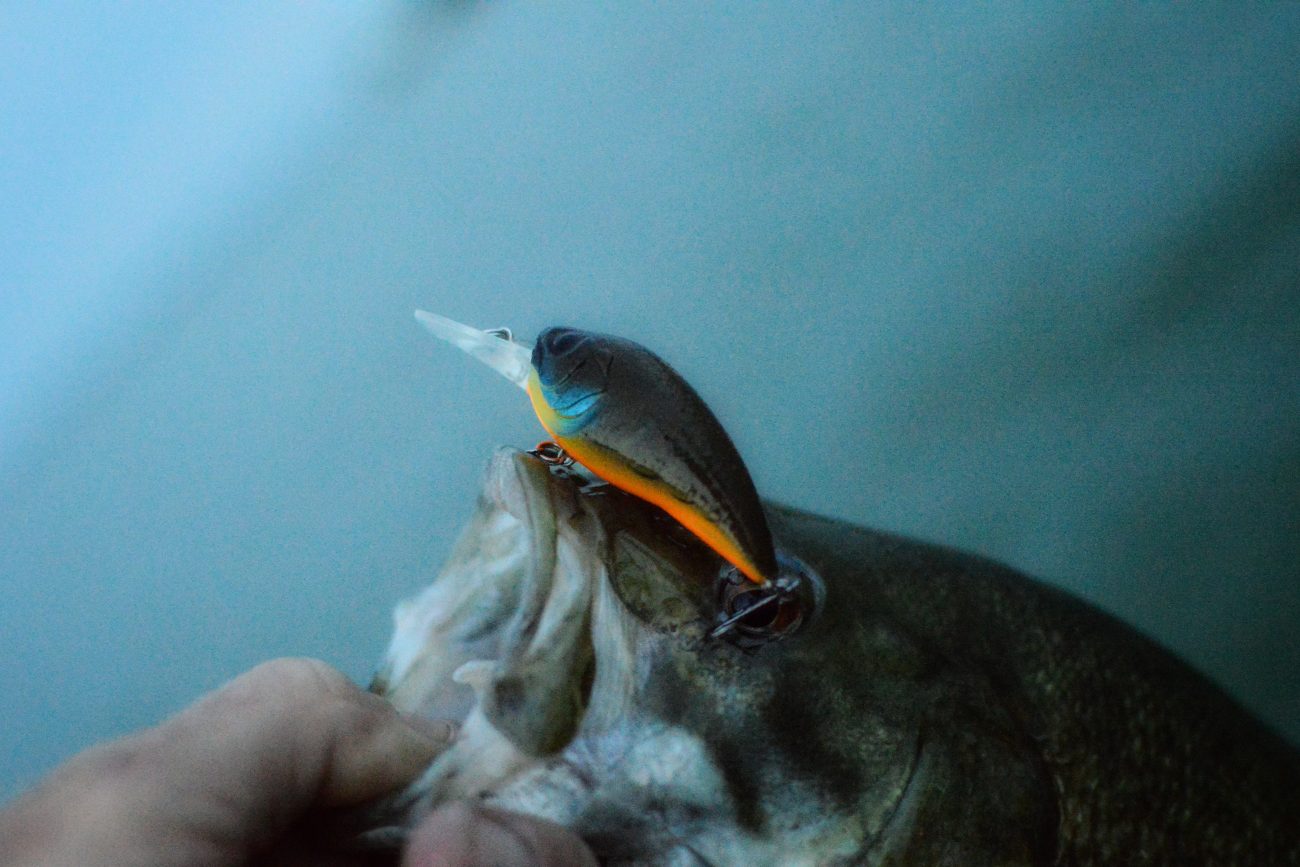
Color selection plays a significant role and should be adjusted based on water visibility, time of year, and light intensity. While bright patterns like craw reds in the pre-spawn and shad patterns year-round are reliable, don’t forget that you’re casting to trigger a bite. Color is a key reaction variable as well, so plan to have two rods tied up with different colors (one bright, one subtle/natural) to explore similar cast lanes and dial in the bite.
Precision cast angles and accuracy are often the difference between success and failure in finesse cranking. When targeting standalone cover or wood, aim to deflect the bait off the cover from multiple angles, especially in warmer months. Multiple casts to the same cover can yield surprising results. Conversely, when cranking rocks, maintain contact with the rocks as much as possible to maximize deflection bite triggers.
Consider line size and rod selection carefully. Use 6–15-pound test fluorocarbon depending on your desired depth and the type of cover. Opt for more parabolic rods like the flagship DESTROYER P5 Z-CRANK ELSEIL or LEVANTE FLATSIDE SPECIAL, which offer ideal actions for finesse cranking.
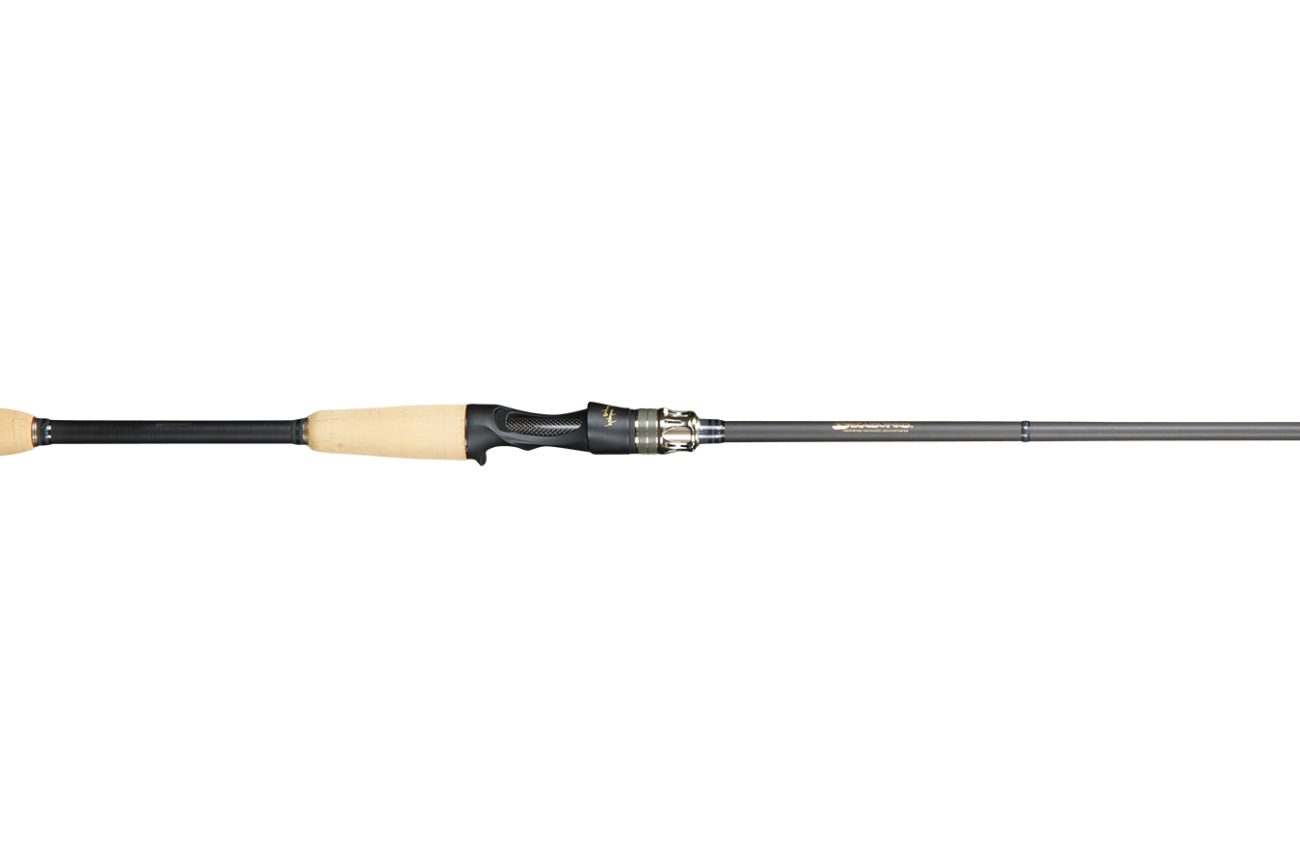
Gaining confidence in finesse cranking is an invaluable tool that will pay untold dividends throughout your career. Year-round, but particularly in the pre-spawn and summer/fall conditions outlined here, huge results can be seen when you can unlock the sneaky effectiveness of finesse crankbait fishing.
See the SUPER-Z Z1 & Z2 in action HERE


